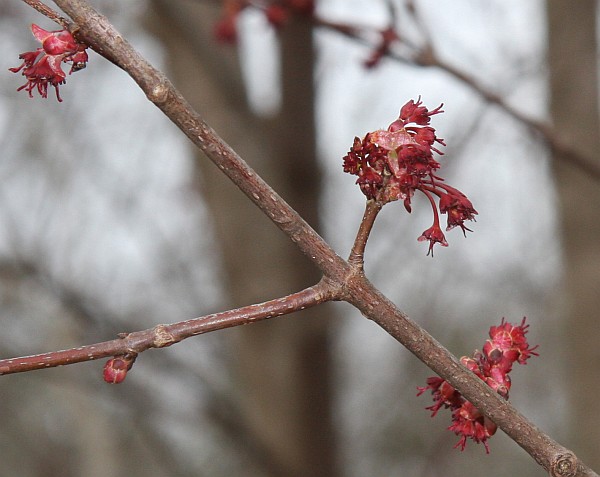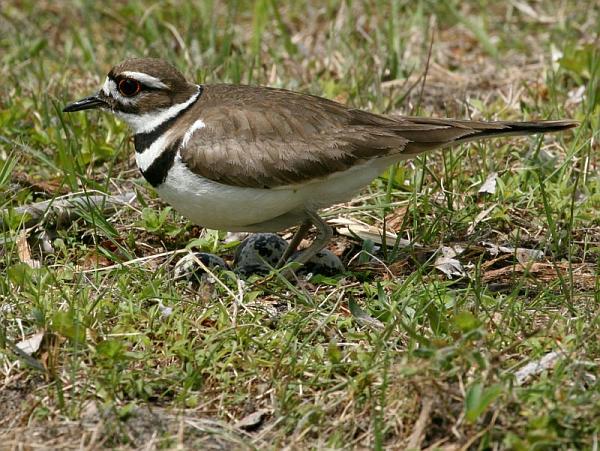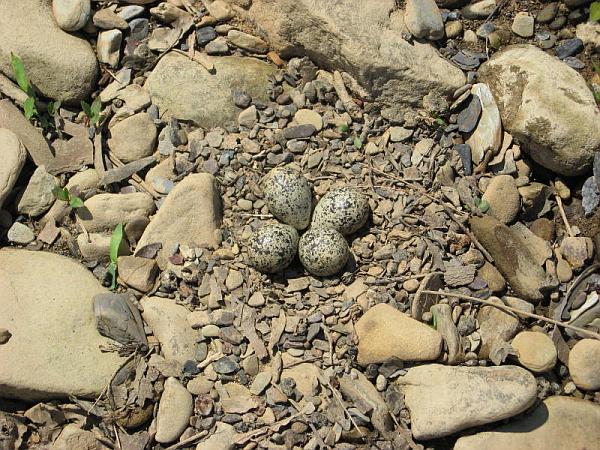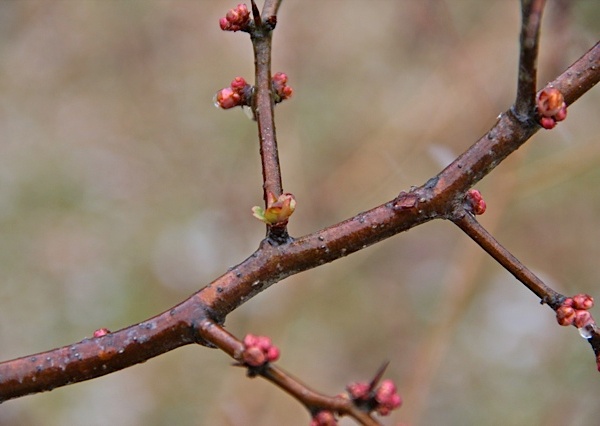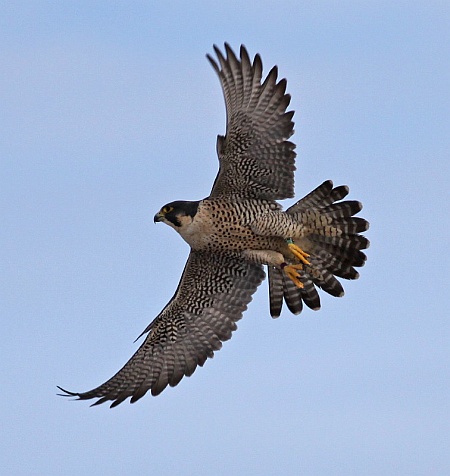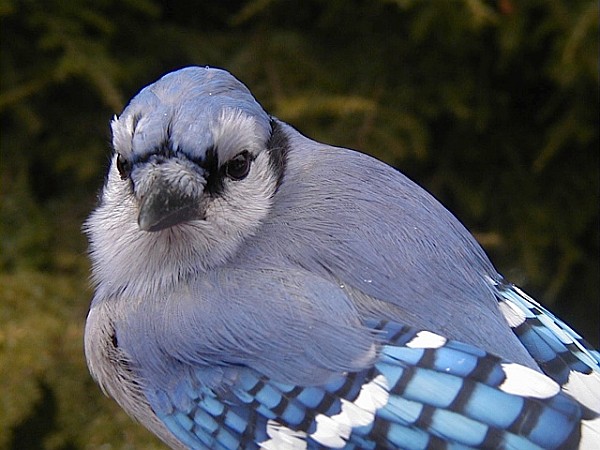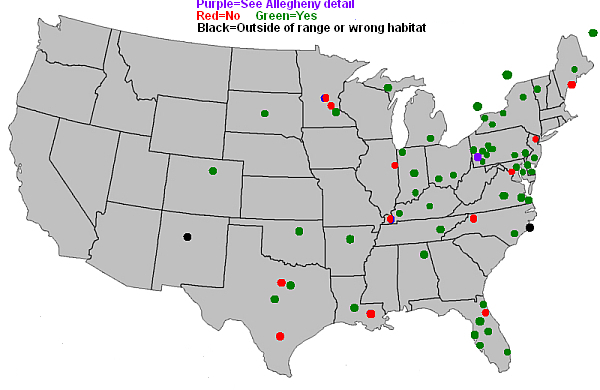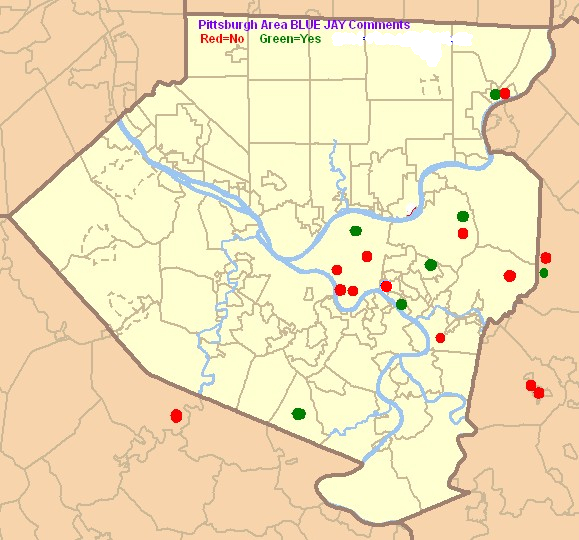For some of the red maples in Schenley Park, winter is over. They’re already blooming.
Red maples (Acer rubrum) are one of the earliest trees to flower in the spring, producing red female flowers and yellowish male flowers. The male flowers are actually red but appear yellow from a distance because the yellow stamens extend beyond the red petals.
Shown above are the female flowers. Look closely and you can see the tiny wings of the fruit that will form from each flower.
Weeks ago I photographed the winter buds which, like all maples, are opposite on the stem. The red buds are globular, the bud scales are rounded. Here’s a close-up of what the buds looked like when they were closed.
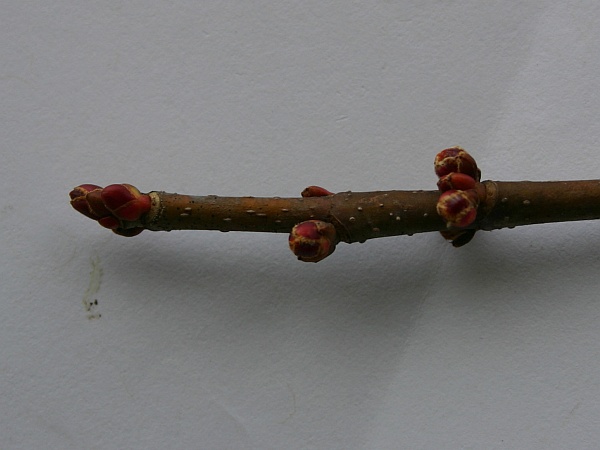
Nearly everything about the red maple is red — the buds, twigs, flowers, fruit (before it dries), leaf stems and fall leaves. Red maples are so beautiful in autumn that they are often planted in cities and parks.
Red maple bark is not as easy to identify. It’s smooth on young trees and rough on old ones with vertical cracks that peel up a bit. Here’s a look at the bark that proves it’s easier to identify this tree by its buds.
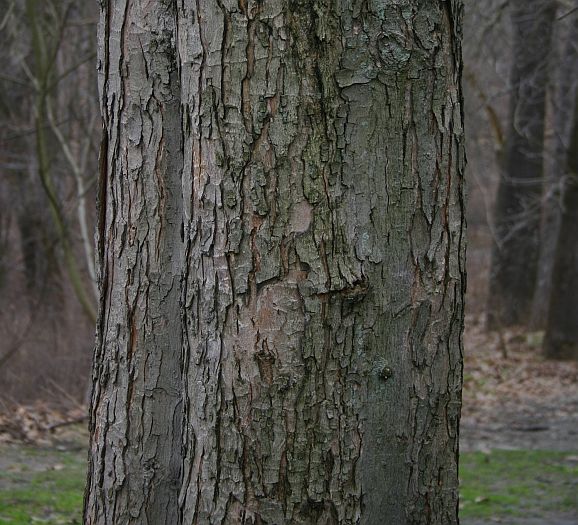
Today and tomorrow we’ll have temperatures in the 60s and more of the red maples will bloom. Use binoculars to see the flowers.
Soon the Winter Tree series will end because the trees will have leaves.
(Bud and bark photos by Kate St. John. Red maple flowers’ photo from Wikimedia Commons. Click on the flowers’ photo to see the original)
